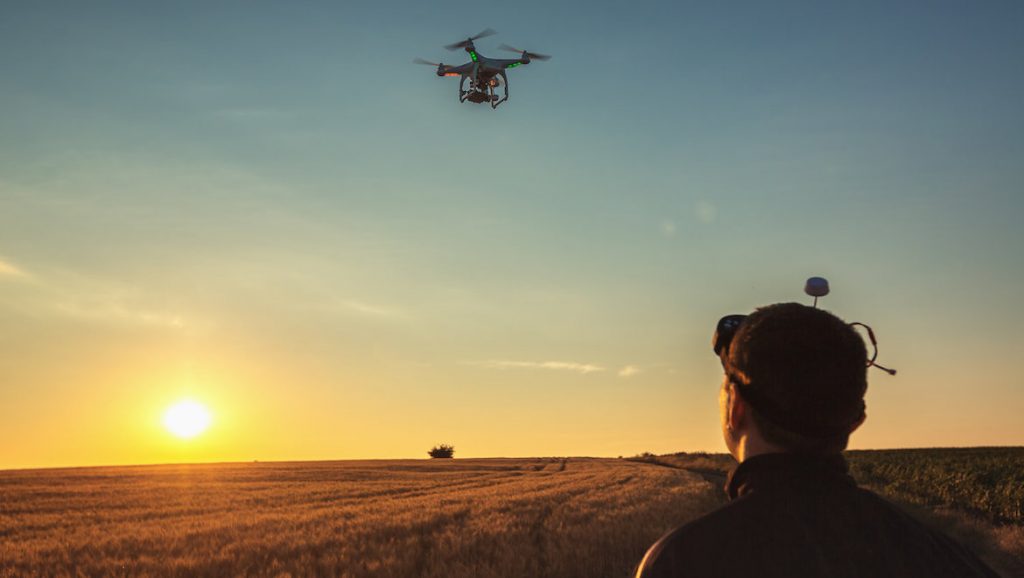
The US Federal Aviation Administration will begin testing new technologies that detect unmanned aerial systems (UAS) in shared airspaces from later this year.
The regulator has chosen five airports to host the initial tests, which form part of the FAA’s Airport Unmanned Aircraft Systems Detection and Mitigation Research Program.
The program will include testing at least 10 technological solutions that have been created in order to “detect and mitigate potential safety risks” posed by the presence of UAS/drones in shared airspace with aircraft.
The airports chosen to participate are Atlantic City International, Syracuse Hancock International, Rickenbacker International, Huntsville International, and Seattle-Tacoma International.
The airports chosen reportedly “meet FAA requirements for diverse testing environments and represent airport operating conditions found across the United States”, the agency said.
“The research will lead to the implementation of new technologies that will make airports safer for passengers and manned aircraft,” it added.
Tests will begin later this year and continue through to 2023.
Last year, the FAA put the call out to any interested manufacturers, vendors, or integrators of drone detection and/or mitigation technologies who wished to be a part of the regulator’s testbed for such technologies in shared airspaces.
The FAA has not yet disclosed which specific technologies have been chosen to be a part of the program.
The FAA also emphasised that it does not support the use of counter-UAS systems by any entities other than federal departments with explicit authority to use them.
Over 1.7 million drones are registered under the FAA’s jurisdiction, as well as 203,000 remote pilots.
As the prevalence of drones and UAS grows, the regulator grows increasingly concerned at the threat that drones can pose to manned aircraft and passengers.
However, drones are quickly becoming a major focus of the FAA, as major developments in drone technologies look to shake up global markets, particularly in e-commerce.
The announcement of airport testing on drone risk mitigation expands upon previous decisions to begin allowing fully automated drones to operate in regional and light air traffic areas.
In January, the FAA finalised provisions around the use of fully automated drones, giving appropriate permissions to the first US company to do so.
According to American Robotics, the first US company to be approved to utilise fully automated drones to fly “over people”, the first commercial use of said drones will be outside of major cities.
Instead, the company’s drones will be used to assist industrial and agricultural operators, in areas of light air traffic, and will only be allowed to operate autonomously up to 400 feet.
The FAA said that data collected by American Robotics’ operations will provide them critical data for use in evaluating future “beyond visual line-of-sight”, or BVLOS, operations.
The decision marks a major milestone for future drone delivery service operators, such as Amazon, as it paves the way for such services to operate unmanned – a notorious goal of the giant US retailer.












